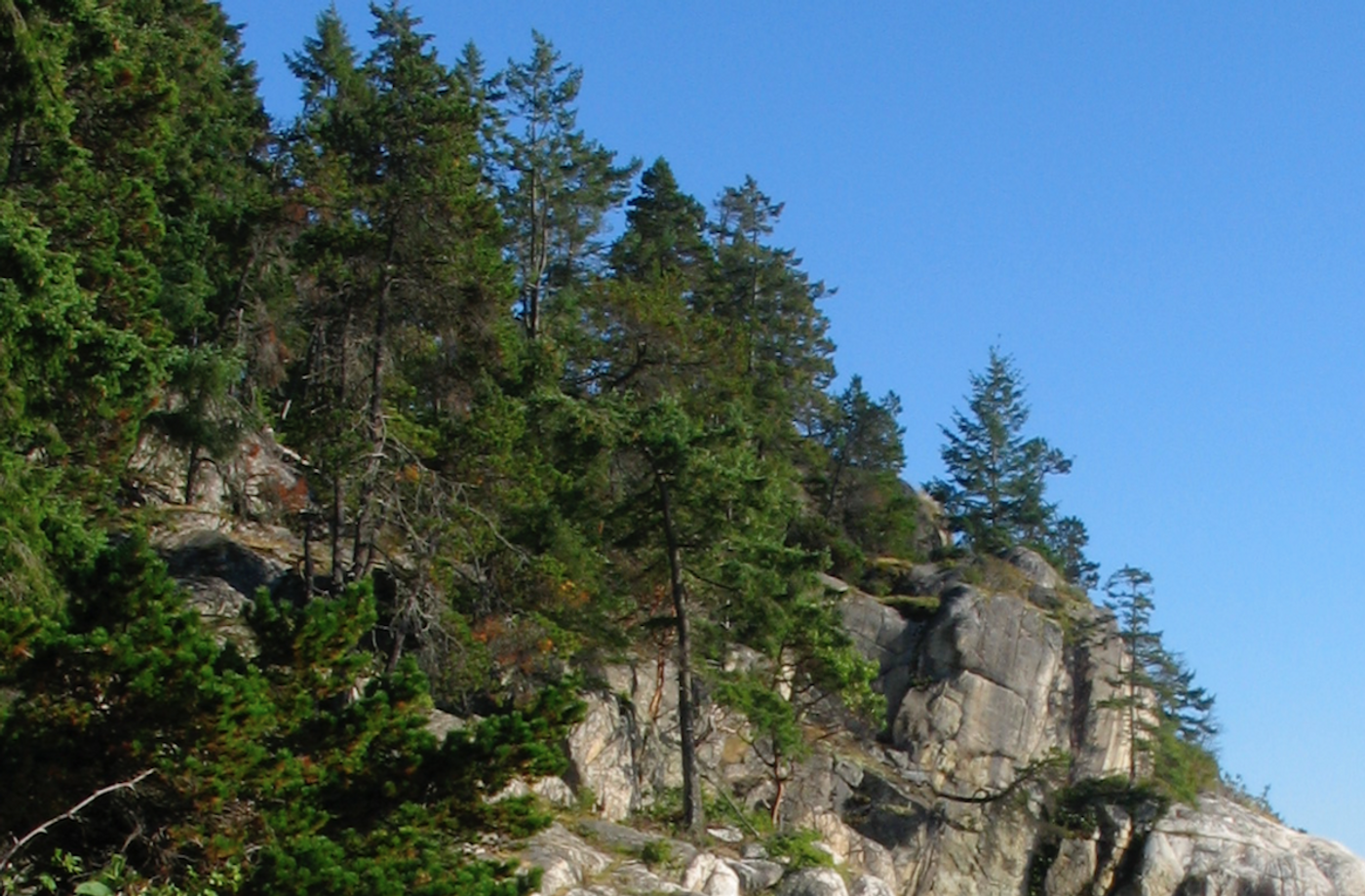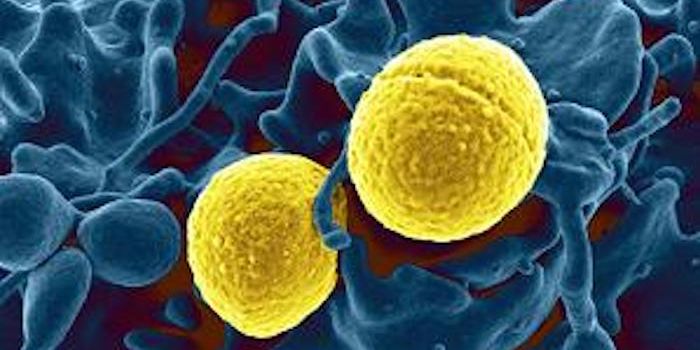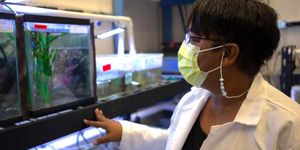A Network of Fungi Helps Trees Grow
Trees rely on a network of fungal friends for good health. Mycorrhizal (from the Greek “myco” fungus, and “rhizae” root) fungi occur naturally, and help trees in many ways. The fungi help the trees resist disease, prevent erosion, and absorb nutrients, for example. Scientists at the University of Alberta have now shown that adult tree growth is also connected to fungi that live in forest soil. The work has been reported in the Journal of Ecology.
"Large trees make up the bulk of the forest, so they drive what the forest is doing," said study author Joseph Birch, Ph.D., who led the study for his graduate thesis in the Faculty of Agricultural, Life & Environmental Sciences.
Fungi that colonize tree roots become like a kind of highway that water, nutrients, and other molecules including those that help trees defend against insect attacks, can use to flow among trees. Trees that are low in resources can therefore get some help from neighbors that have nutrients or other essentials to spare. This network makes trees "like family units that support one another in times of stress," Birch noted.
In this study, the researchers sampled the cores of 350 Douglas firs in British Columbia. These cores indicated that the annual growth of tree rings was related to the extent of their fungal connections with other trees. It seemed that greater tree growth was correlated with trees that were linked with more fungi and fungi that were more unique.
"We found that the more connected an adult tree is, the more it has significant growth advantages, which means the network could really influence large-scale important interactions in the forest, like carbon storage. If you have this network that is helping trees grow faster, that helps sequester more carbon year after year," explained Birch.
It may also be possible for trees that are growing faster to be more adaptable to droughts that are expected to intensify as the climate changes, he added.
"These networks may help them grow more steadily even as conditions become more stressful, and could even help buffer trees against death. It's a very dynamic system that is probably being broken apart and re-formed quite a bit, like family relationships, so we don't know how they will change under future climates either. Maybe a dry year or a beetle outbreak impacts the network," he continued.
"Knowing whether fungal networks are operating the same way in other tree species could factor into how we reforest areas after harvesting them, and it could inform how we want to plant trees to preserve these networks."
Sources: AAAS/Eurekalert! via University of Alberta, Journal of Ecology









